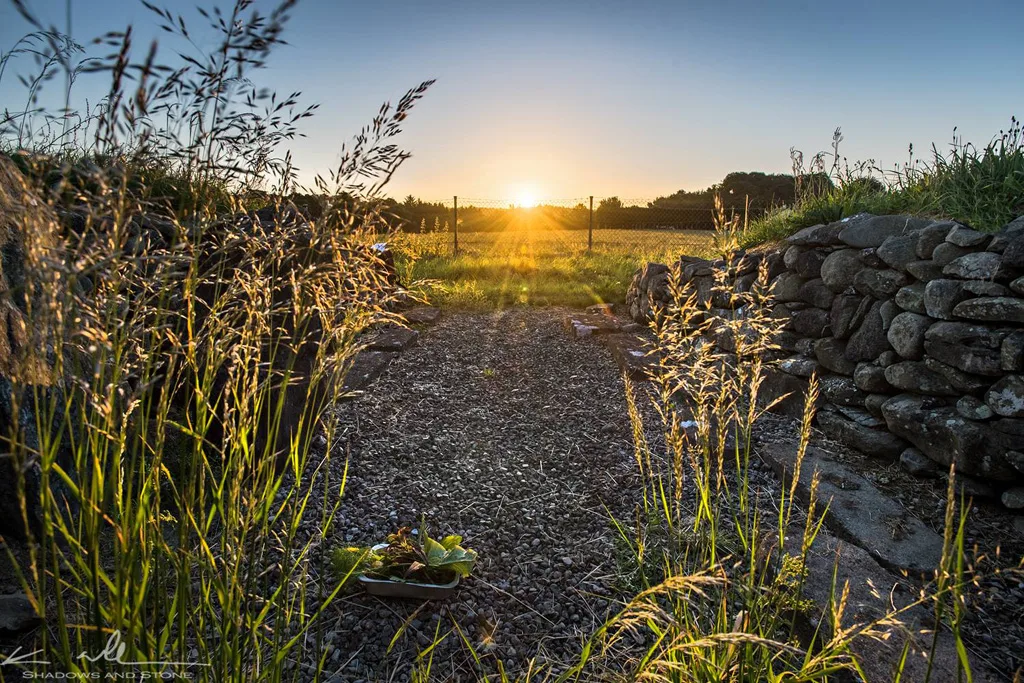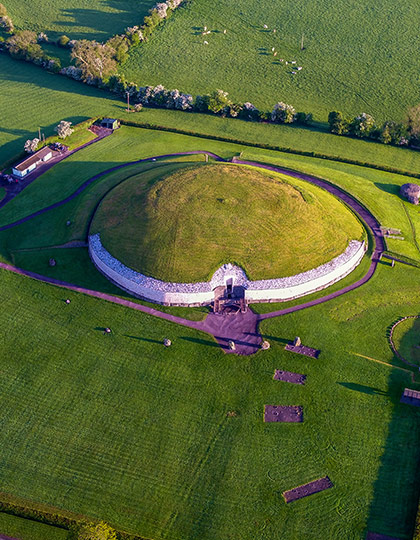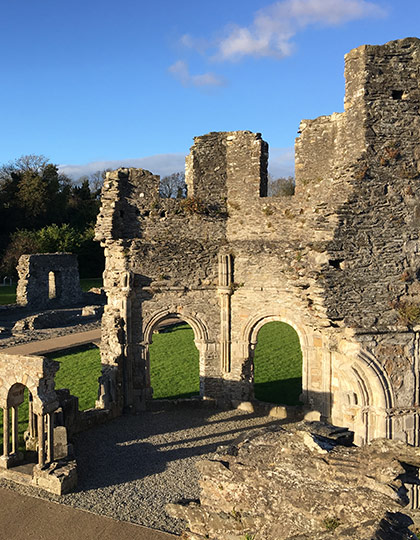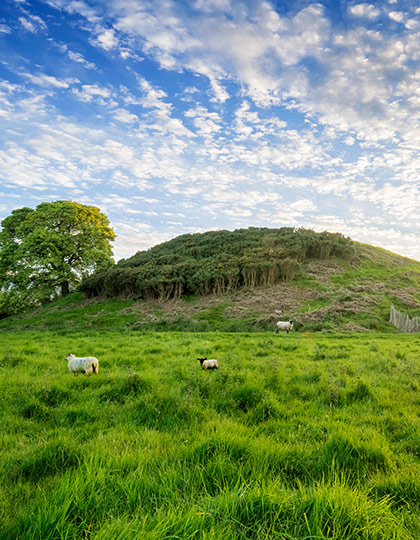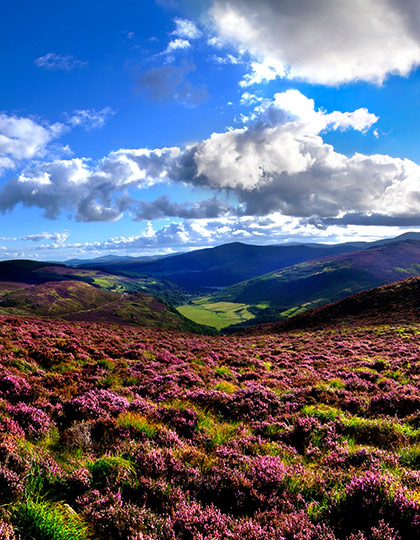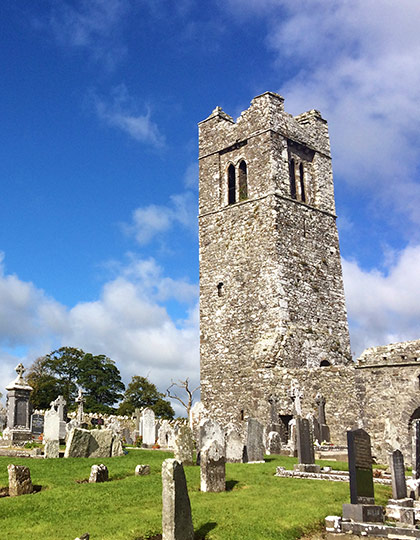This website uses cookies to help deliver its services. By using this website, you agree to the use of cookies as outlined in our Privacy Policy.
Townleyhall Summer Solstice
Newgrange is world famous for the illumination of its passage and chamber by the rising sun on the mornings around the winter solstice, less well known is the summer solstice sunrise alignment at Townleyhall passage tomb in the Boyne Valley.
Townleyhall passage tomb, situated north of the prominent passage tombs at Newgrange, Knowth, and Dowth, is a more modest design in comparison to its larger counterparts. Only two orthostats (large stones) remain of the sixteen that formed the neolithic chamber, with concrete markers indicating the locations of the lost ones. On the mornings around the Summer Solstice, Townleyhall assumes a special significance as its passage and chamber align with the rising sun.

Photographer’s shadow on the stones at the back of Townleyhall Passage Tomb showing a perfect alignment with the rising sun.
Ken Williams of ShadowsandStone.com was at Townley Hall Passage Tomb for the summer solstice sunrise in 2018 and captured this wonderful image of the rising sun shining into the ruined passage tomb.
Townleyhall Summer Solstice Sunrise 2011
National Monuments Listing
The Townley Hall monument, excavated in 1960-1 (JRSAI 1963, 37-81), comprised a round mound, 13.5 meters in diameter, covering the site of a destroyed undifferentiated passage-tomb aligned north-east to south-west with an entrance at the north-east end. Though only two orthostats survived, the sockets of the others were located. It originally consisted of sixteen uprights, seven on each side and two at the rear. The tomb measures 5.3 meters long and gradually widens from about 1 meter internally at the entrance to 1.5-1.6 meters at the centre, narrowing to 1.2 meters at the rear. The tomb was enclosed within four concentric rings of stone setting, lined in places by radial lines of stones. The mound was originally bounded by a kerb of stones, thirteen of which survived. No finds were recovered from this level. Beneath the mound was a settlement site (LH024-008001).






